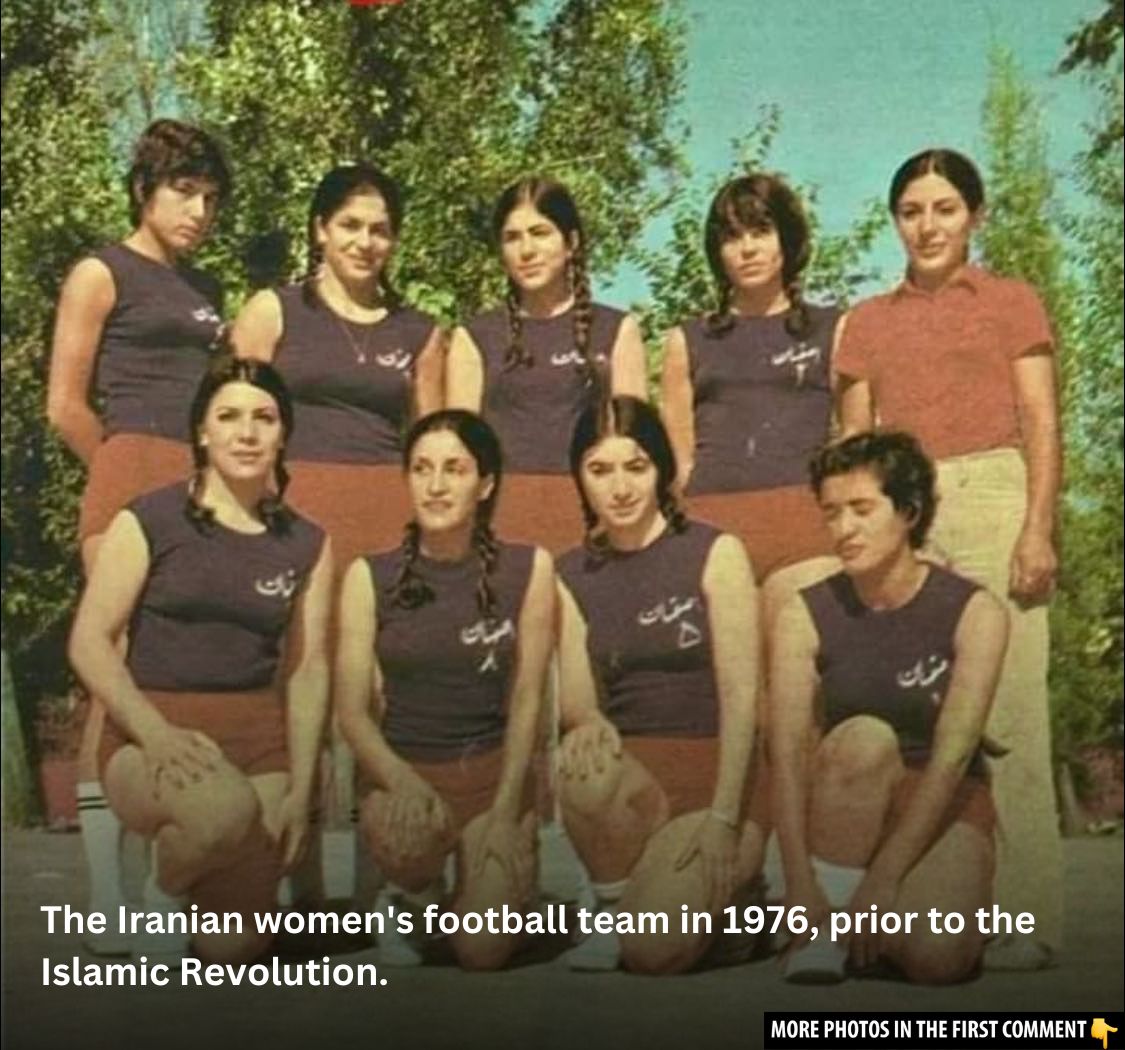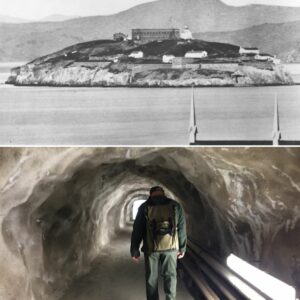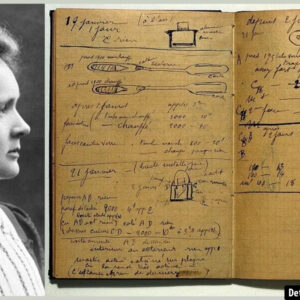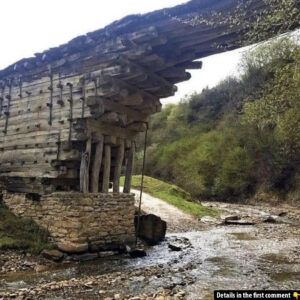Before the 1979 revolution, Iran was a land of contrasts, where rapid modernization met deep-rooted tradition. Women, in particular, experienced a dramatic shift in their roles, from gaining the right to vote and working in diverse professions to adopting Western-style fashion in the streets of Tehran. These striking photos from the 1960s and 1970s offer a rare glimpse into the lives of Iranian women before the revolution, showcasing the freedoms they once enjoyed and the cultural transformation of the time. However, the revolution brought significant changes, and many of those freedoms were lost, making these photos a poignant reminder of what was once possible.
The Shah’s Vision: Modernization and Women’s Rights
Under Shah Reza Pahlavi’s rule, from the 1950s to the 1970s, Iran took significant steps toward modernization. As part of his vision for a more secular and Westernized Iran, the Shah implemented a series of reforms that gave women rights that were unimaginable just decades earlier.
Women were granted the right to vote, and an increasing number of them entered the workforce, particularly in the fields of education and healthcare. The Shah also passed the Family Protection Act, which allowed women to initiate divorce and set the legal marriage age at 15. These legal reforms positioned women as active participants in the country’s political, social, and economic landscapes, providing them with unprecedented freedom and agency.
However, not everyone in Iran embraced these changes. Many traditionalists viewed the Shah’s reforms as a threat to the fabric of society, especially regarding women’s freedom. This tension would later culminate in the 1979 revolution, which would dismantle the secular policies that had been so carefully crafted by the monarchy.
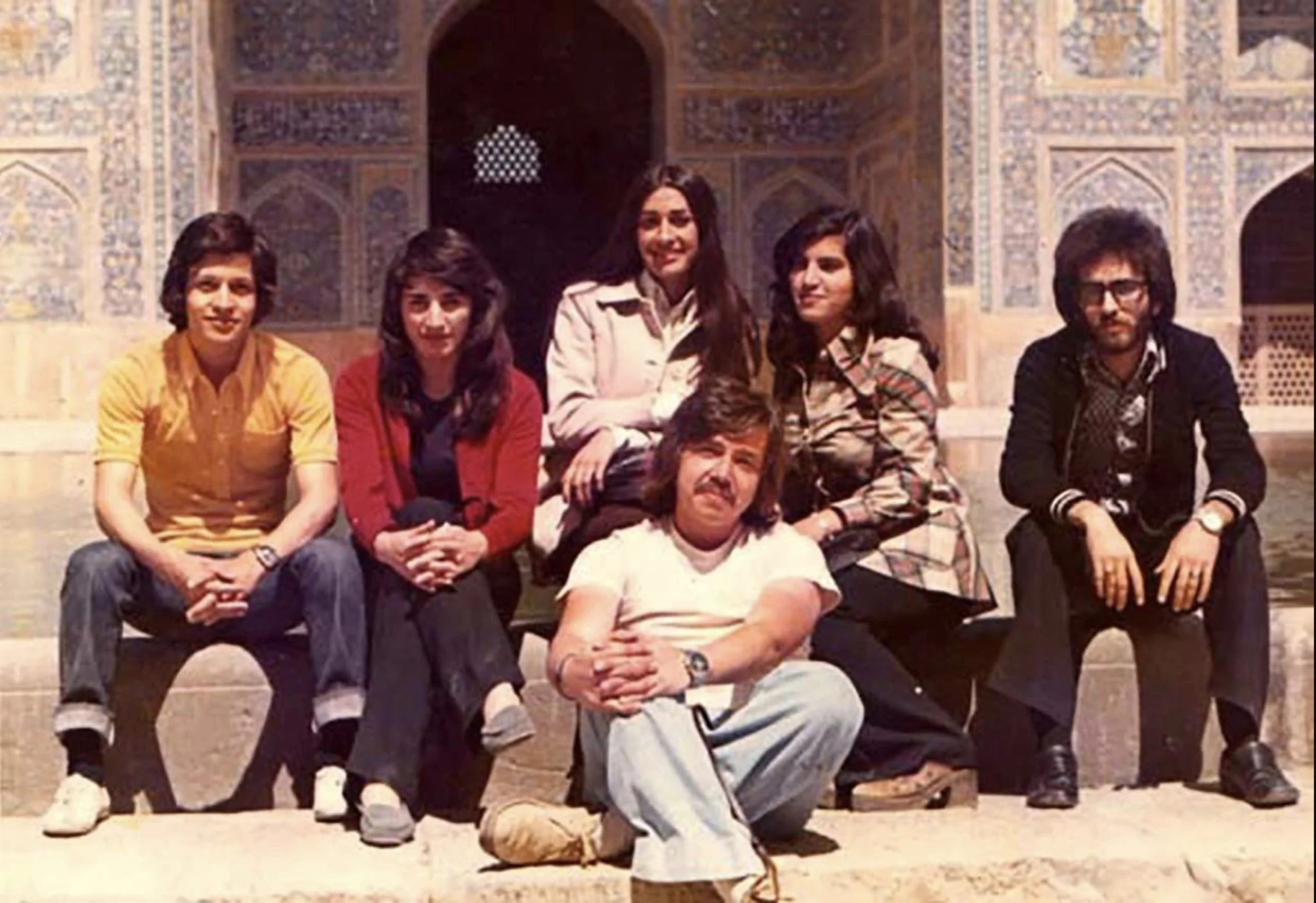
Video
Check out the video “Life in Iran Before and After the Islamic Revolution” to discover 5 key differences in just 15 minutes – it’s an insightful and engaging watch!
Education and Workforce Participation: Women Breaking Barriers
One of the most impactful reforms was the Shah’s emphasis on education, which helped empower women. The government established free secondary education for all, and financial support for higher education encouraged more women to pursue university degrees. In the 1970s, Iranian women made up a significant portion of the student body in many universities, breaking into fields traditionally dominated by men, such as medicine, law, and engineering.
As women became more educated, they also gained a larger presence in the workforce. Although women’s participation in the labor market was still restricted to certain sectors, the growing number of women in professional roles represented a significant shift in social norms. Iranian women were no longer confined to the domestic sphere; they were active contributors to the country’s growing economy, which relied on industrialization and modernization.
Fashion and Social Freedoms: Women’s Role in Public Life
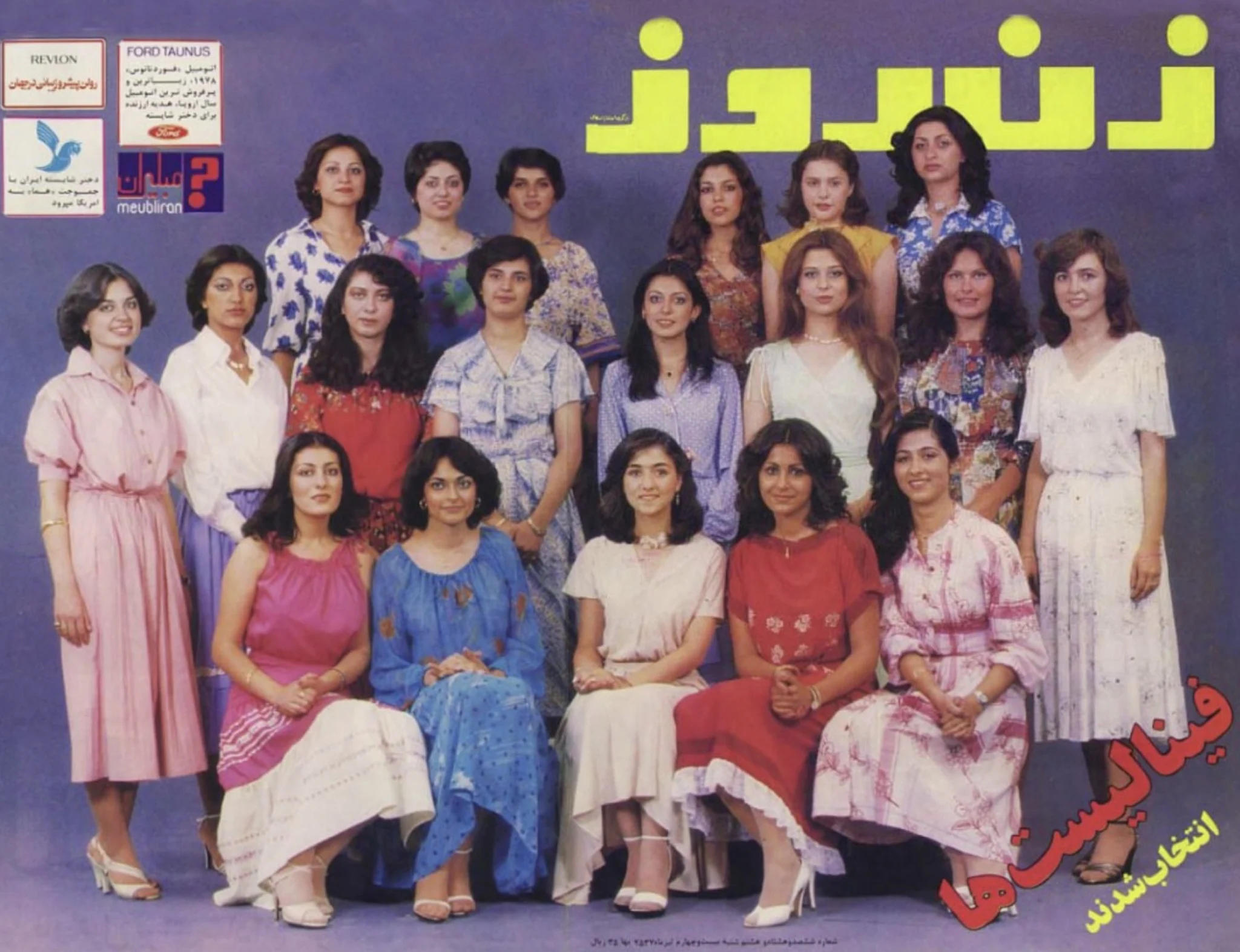
With the rise of Westernization under the Shah’s regime came new opportunities for self-expression through fashion. Iranian women in the 1960s and 1970s began to embrace Western fashion, wearing dresses, skirts, and stylish outfits. The veil, once a symbol of modesty and tradition, was officially banned, reflecting the Shah’s belief that the hijab suppressed women. Instead, Iranian women were encouraged to dress in a modern, cosmopolitan style. Tehran’s streets were filled with women in fashionable clothing, their presence symbolizing the changing times.
This fashion revolution was not merely about clothing but about challenging societal norms. Women’s growing participation in public life was a direct response to the Shah’s modernization policies, which aimed to integrate Iran into the broader Western world. Women were not just becoming more visible in public spaces; they were also becoming more influential in shaping the cultural landscape of Iran.
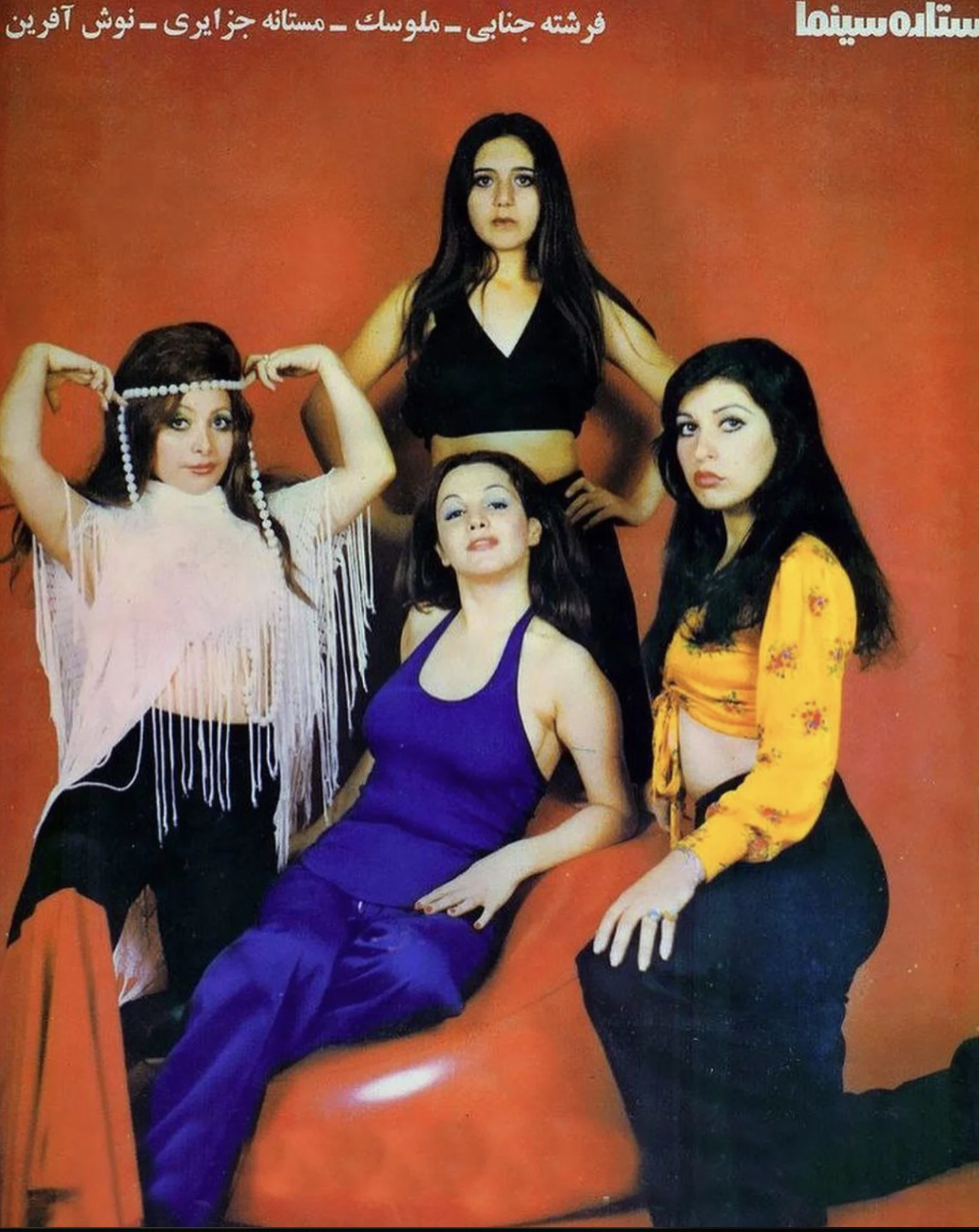
Tensions Between Secularism and Tradition
While many women embraced the freedoms they gained during the Shah’s reign, there was a growing tension between secularism and traditionalism. The Shah’s policies, which included the removal of the hijab, represented a break from Iran’s Islamic heritage. For many, the hijab was not just a piece of clothing but a symbol of cultural identity and religious observance. Traditionalists, particularly in rural areas, viewed the Shah’s secularism as an affront to Islamic values.
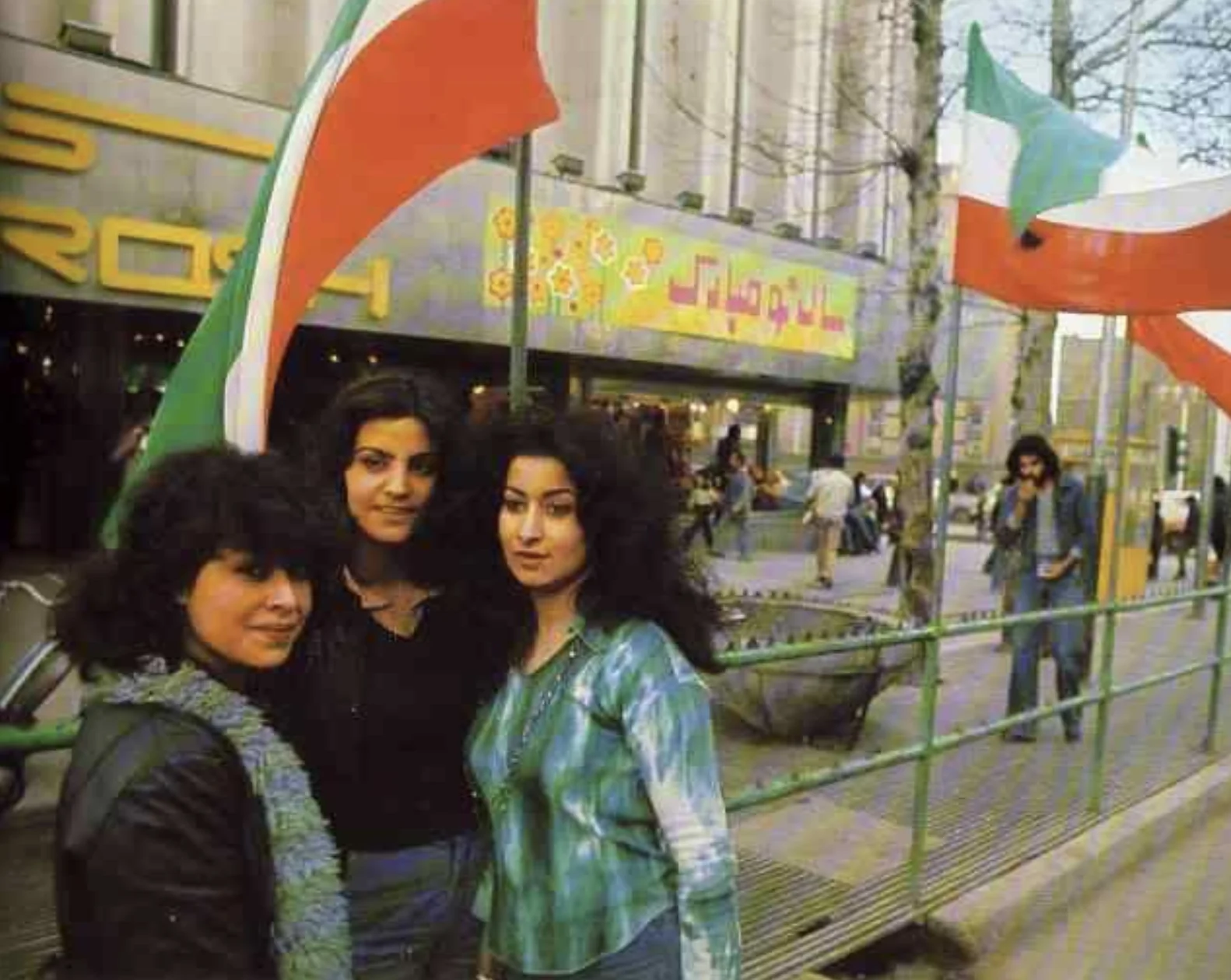
This tension reached a boiling point in the years leading up to the 1979 revolution. The growing divide between the modern, secular elites and the traditional, religious masses led to widespread discontent. While many urban women enjoyed new freedoms, those in more conservative areas felt alienated by the rapid cultural changes that seemed to disregard their traditional beliefs. The revolution that followed would reverse many of the gains made by women, as the new Islamic government enforced strict dress codes and restricted women’s rights.
The Revolution and Its Impact on Women’s Rights
The 1979 revolution marked a seismic shift in Iranian society. After the overthrow of the Shah’s regime, the new Islamic government, led by Ayatollah Khomeini, implemented policies that severely restricted women’s rights. One of the most visible changes was the re-imposition of the hijab, which became mandatory for all women. This was just the beginning of a broader backlash against women’s freedoms, as many of the legal protections women had gained under the Shah were repealed. Women were banned from certain professions, including judgeships and high-ranking government positions, and their role in the public sphere was significantly diminished.
The execution of Farokhroo Parsa, Iran’s first female Minister of Education, symbolized the end of an era of women’s rights and progress. The revolution, which had promised to restore the nation’s dignity, instead ushered in an era of repression for Iranian women.
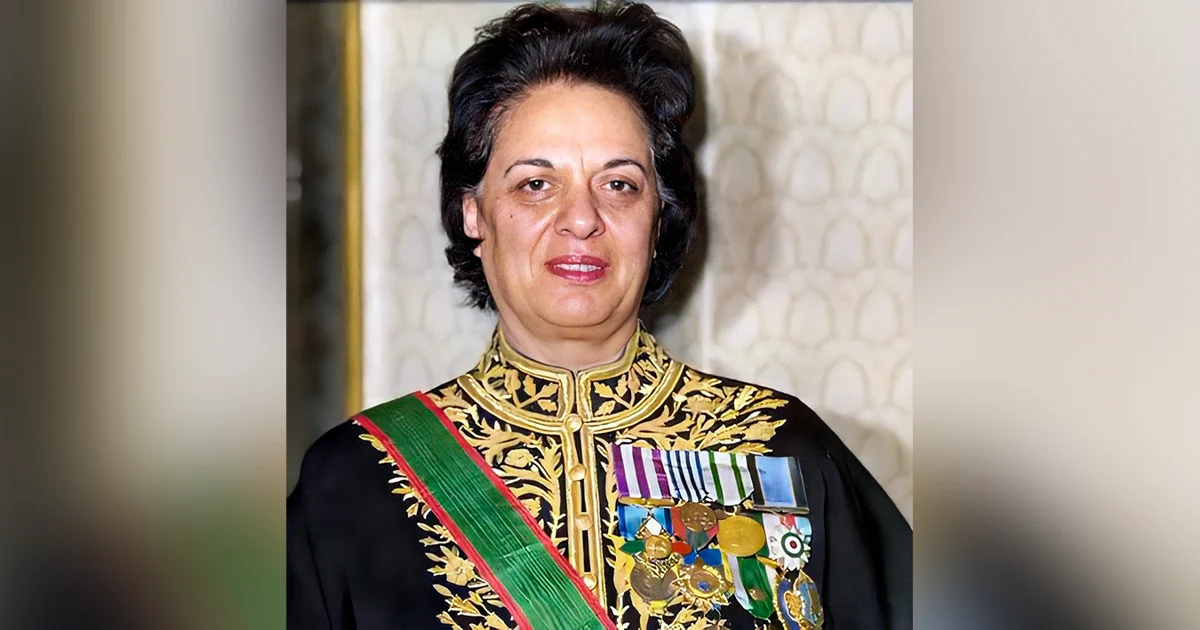
The Protests Today: A New Generation’s Struggle for Freedom
In recent years, Iranian women have once again taken to the streets, defying the government’s restrictions and demanding their rights. The tragic death of Mahsa Amini in 2022 while in the custody of the morality police sparked a new wave of protests, with women leading the charge. Many women have publicly burned their hijabs, cut their hair, and called for the overthrow of the current regime. The slogans “Woman, Life, Freedom” and “Death to the Dictator” have echoed through the streets of Tehran, signaling a return to the struggle for freedom and equality that defined pre-revolutionary Iran.
This new wave of activism is not only about women’s rights but also about reclaiming the freedoms that were lost after the 1979 revolution. It is a battle for personal autonomy, cultural expression, and the right to live without fear of repression.
Gallery: Capturing the Vibrancy and Freedom of Iranian Women Before the 1979 Revolution
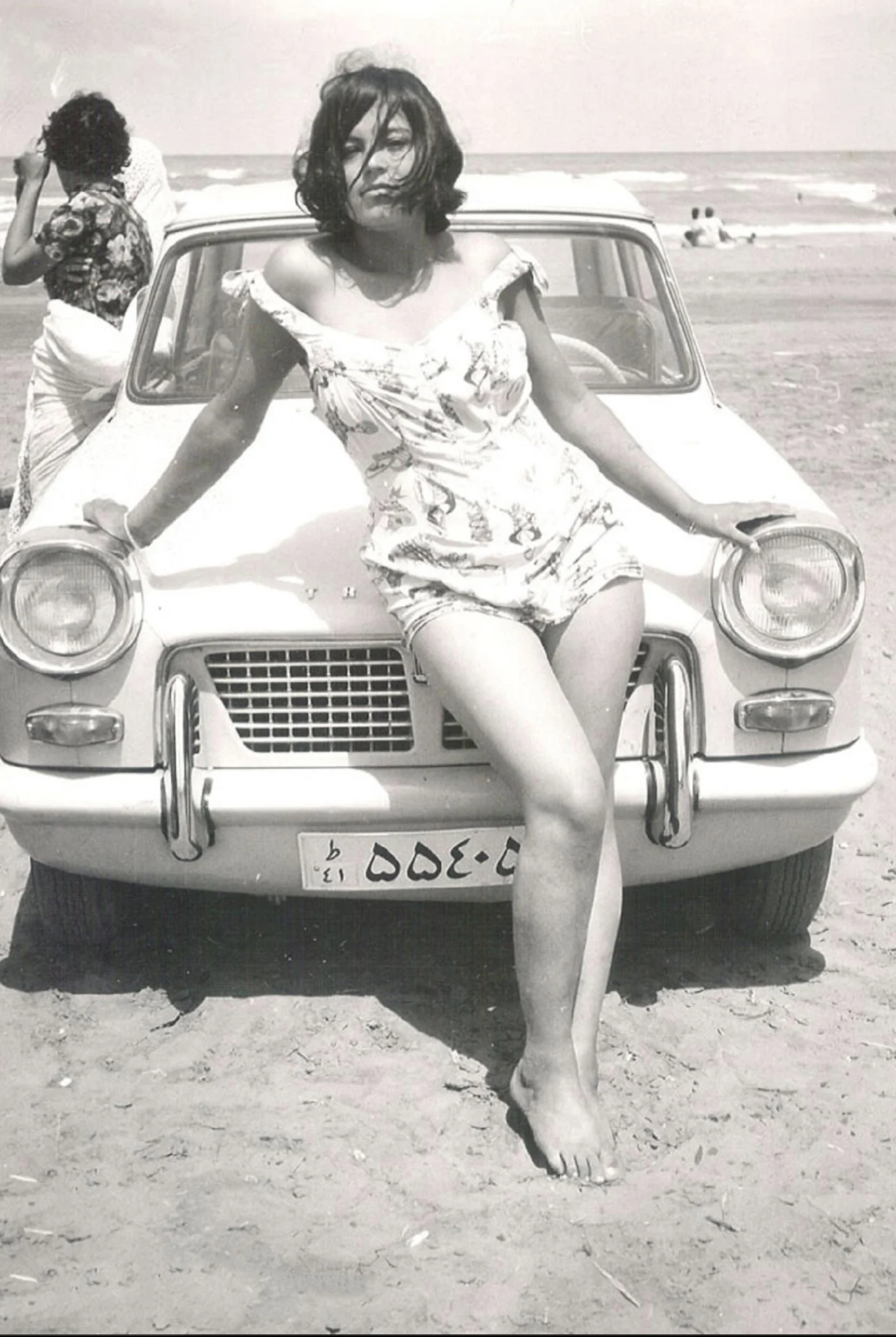
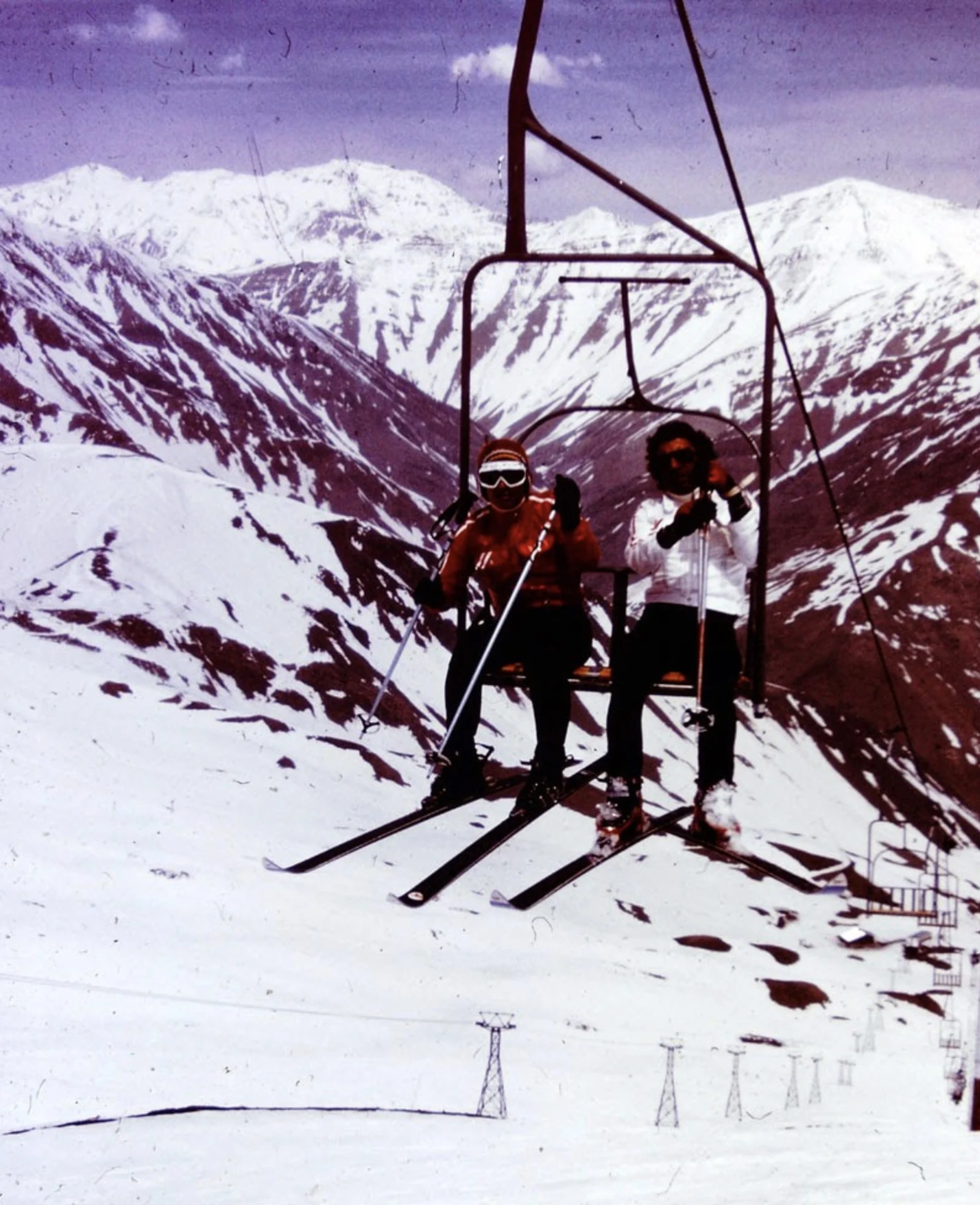
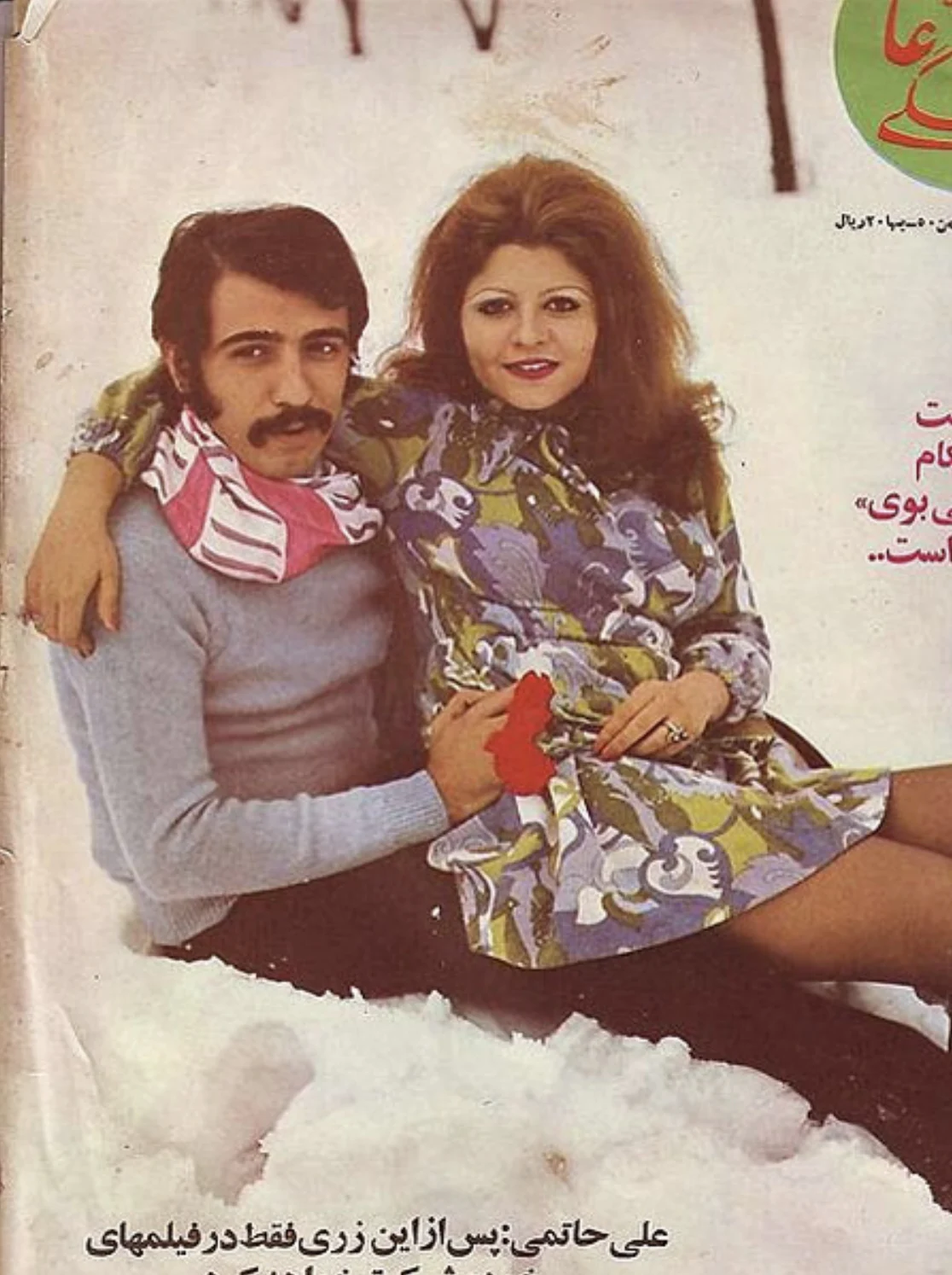
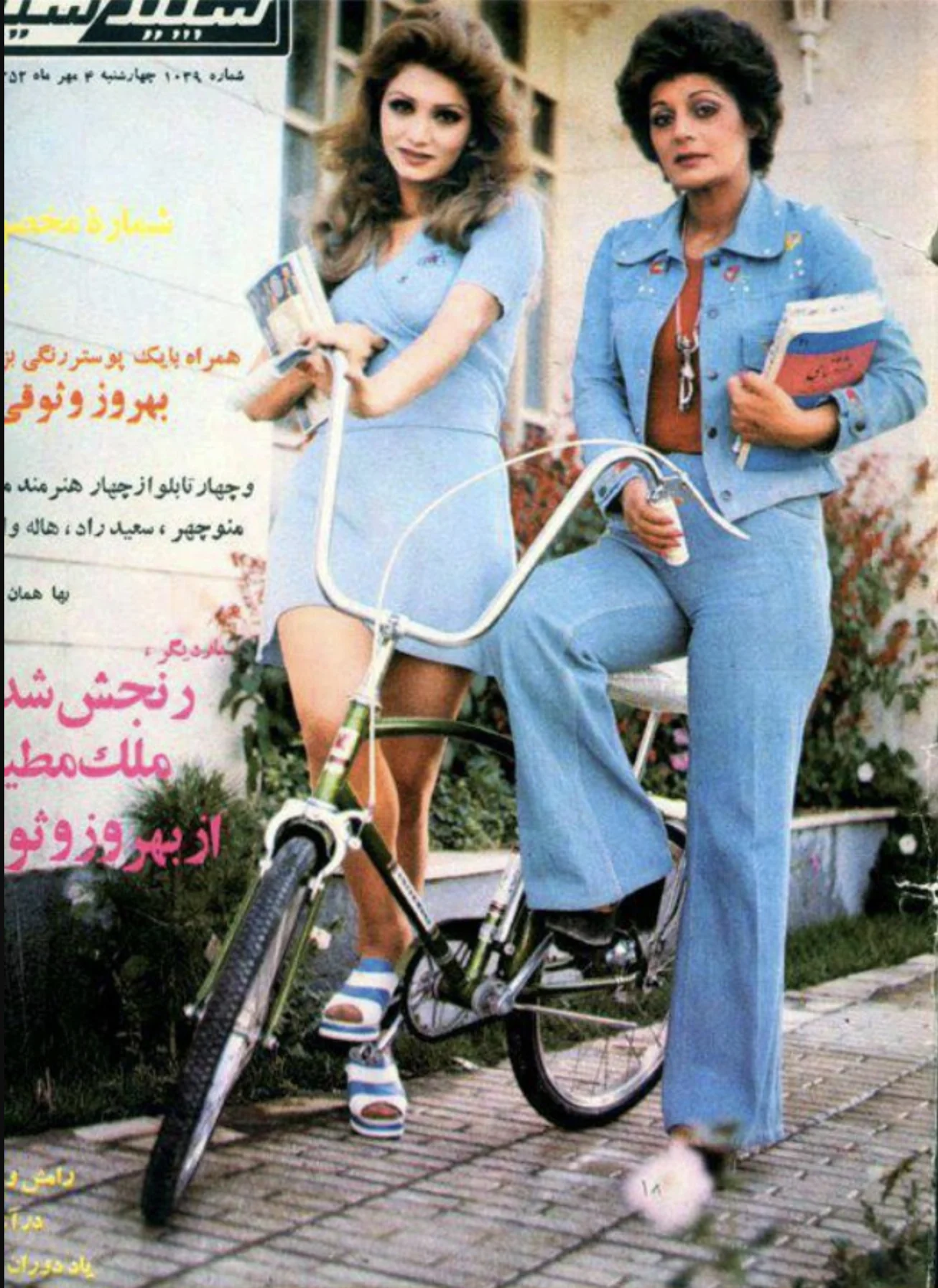
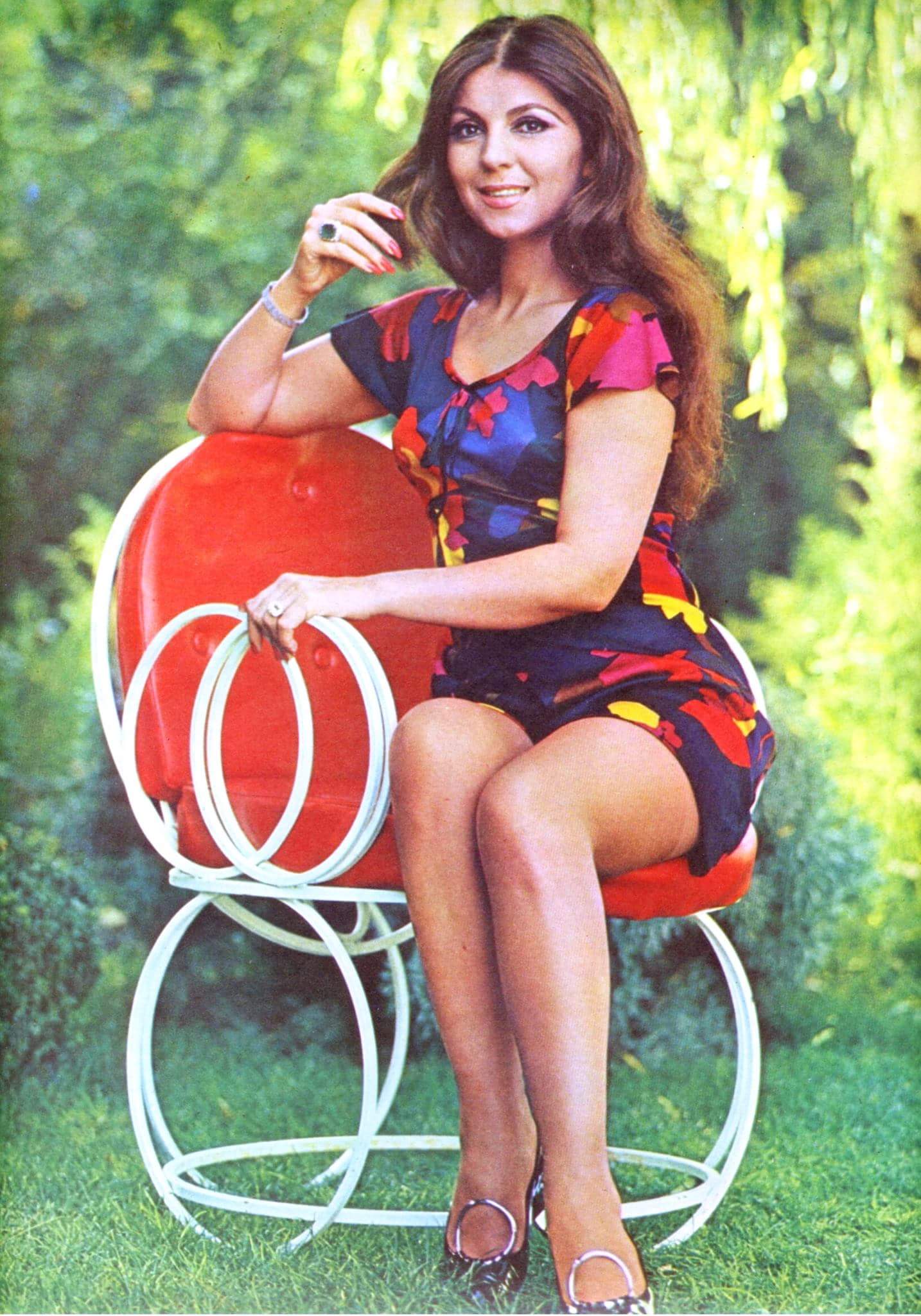
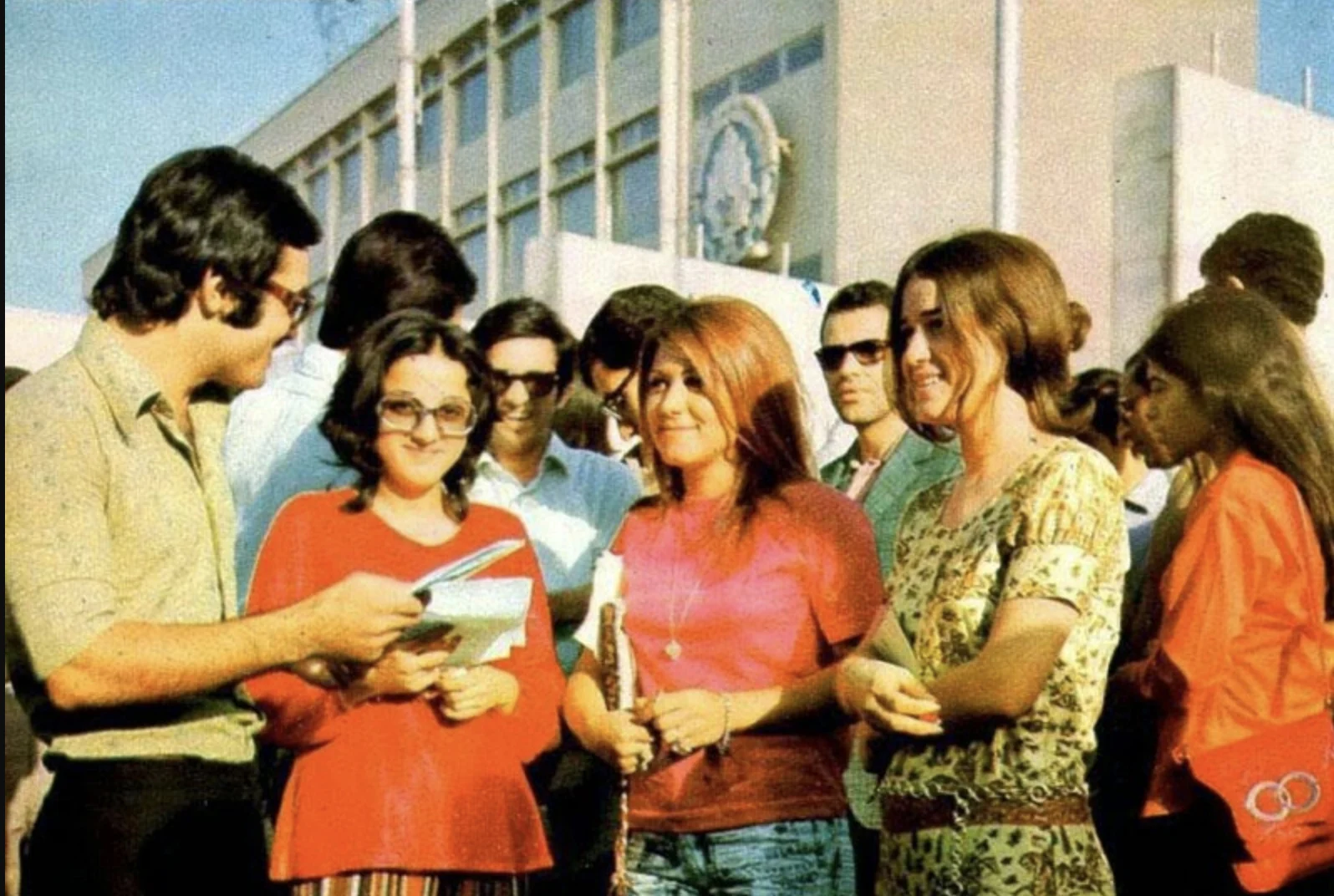
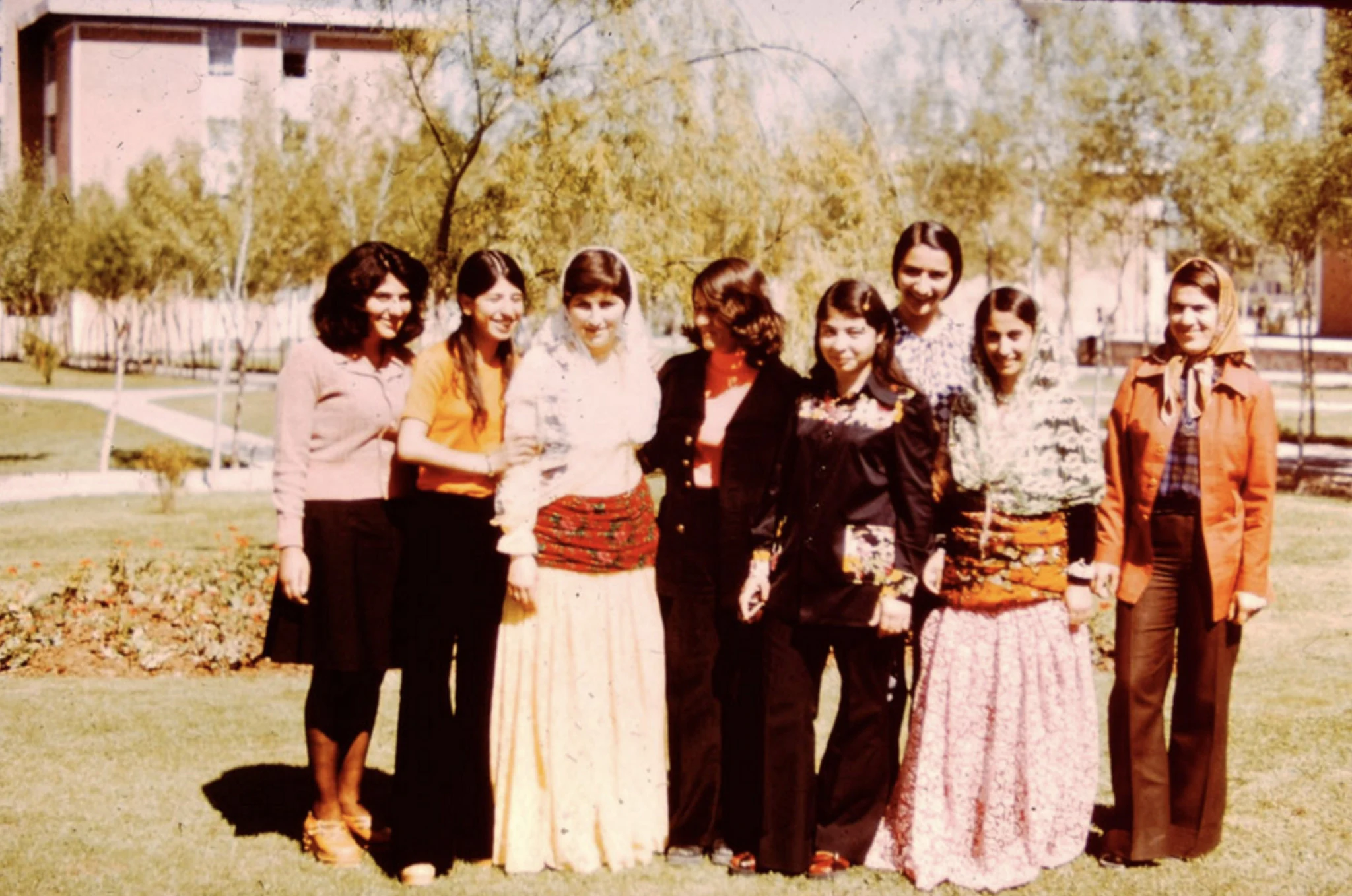
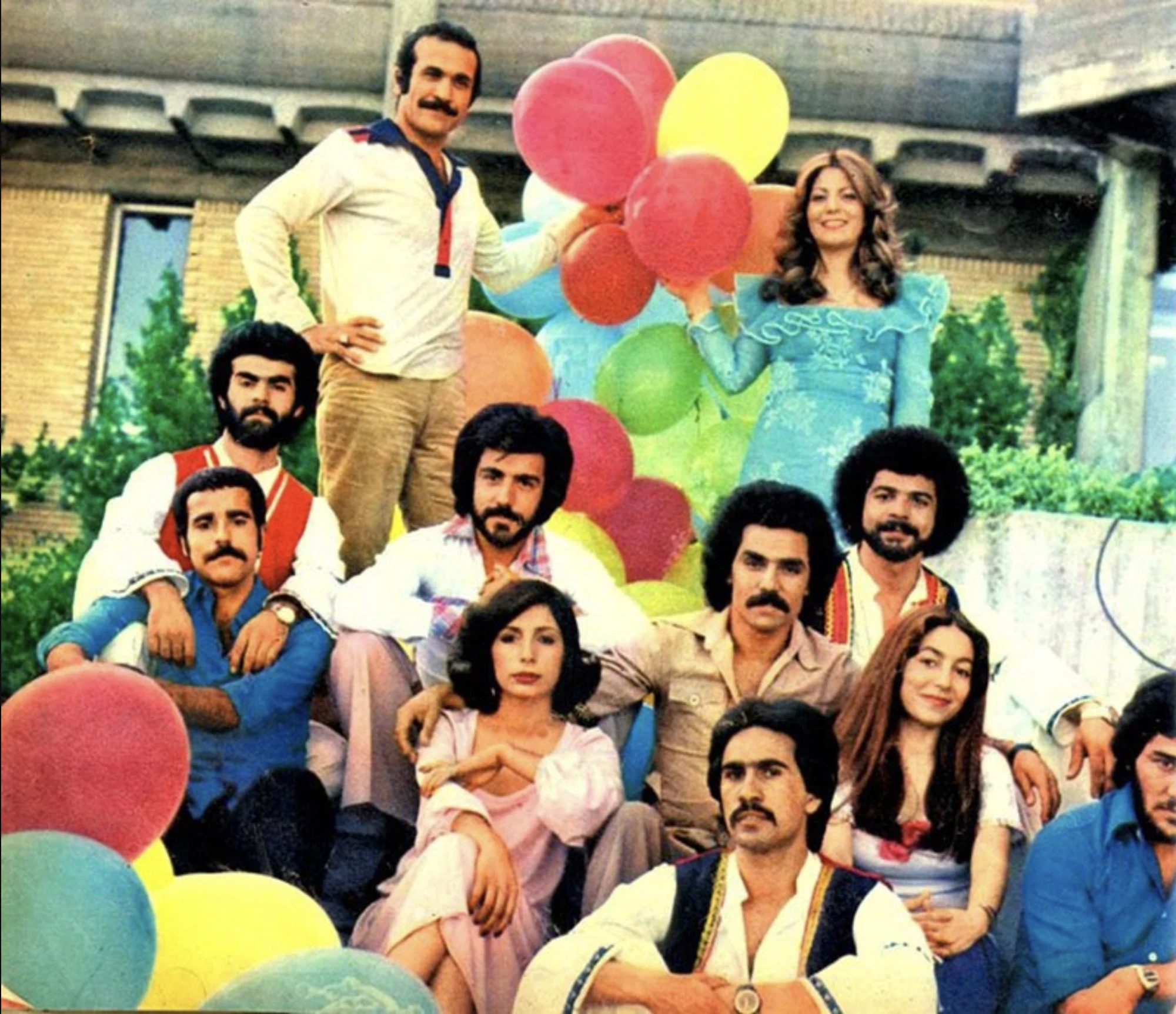
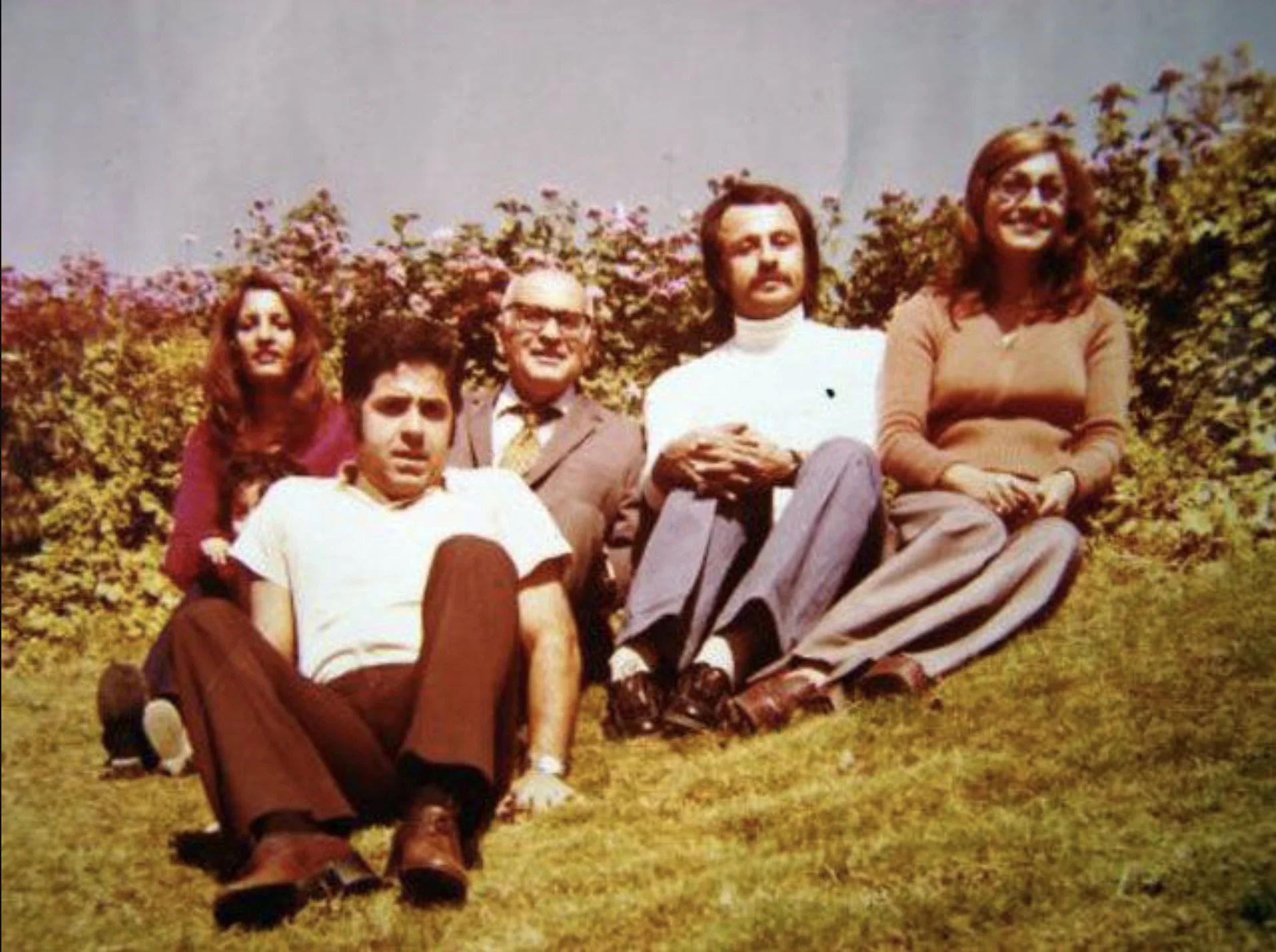
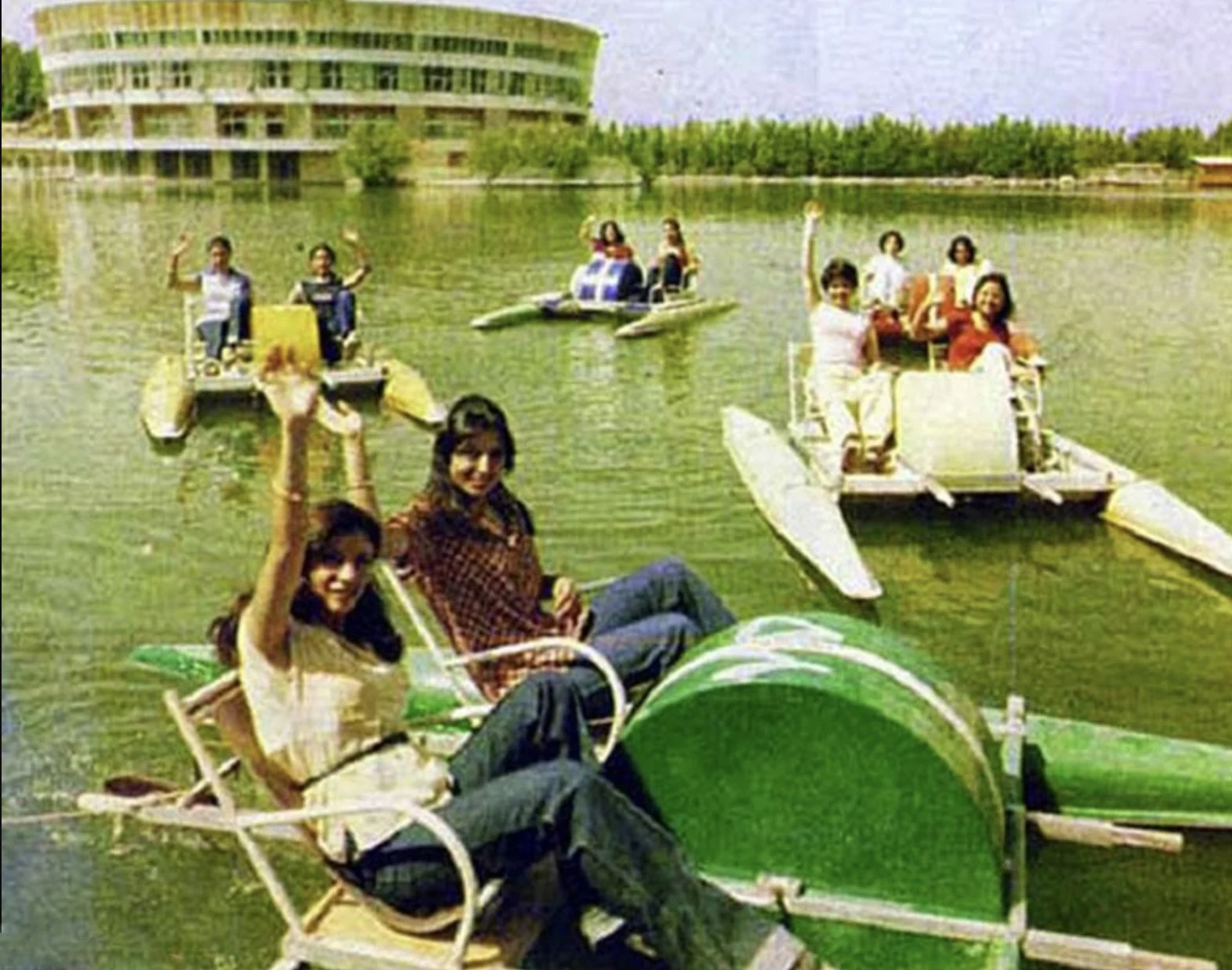
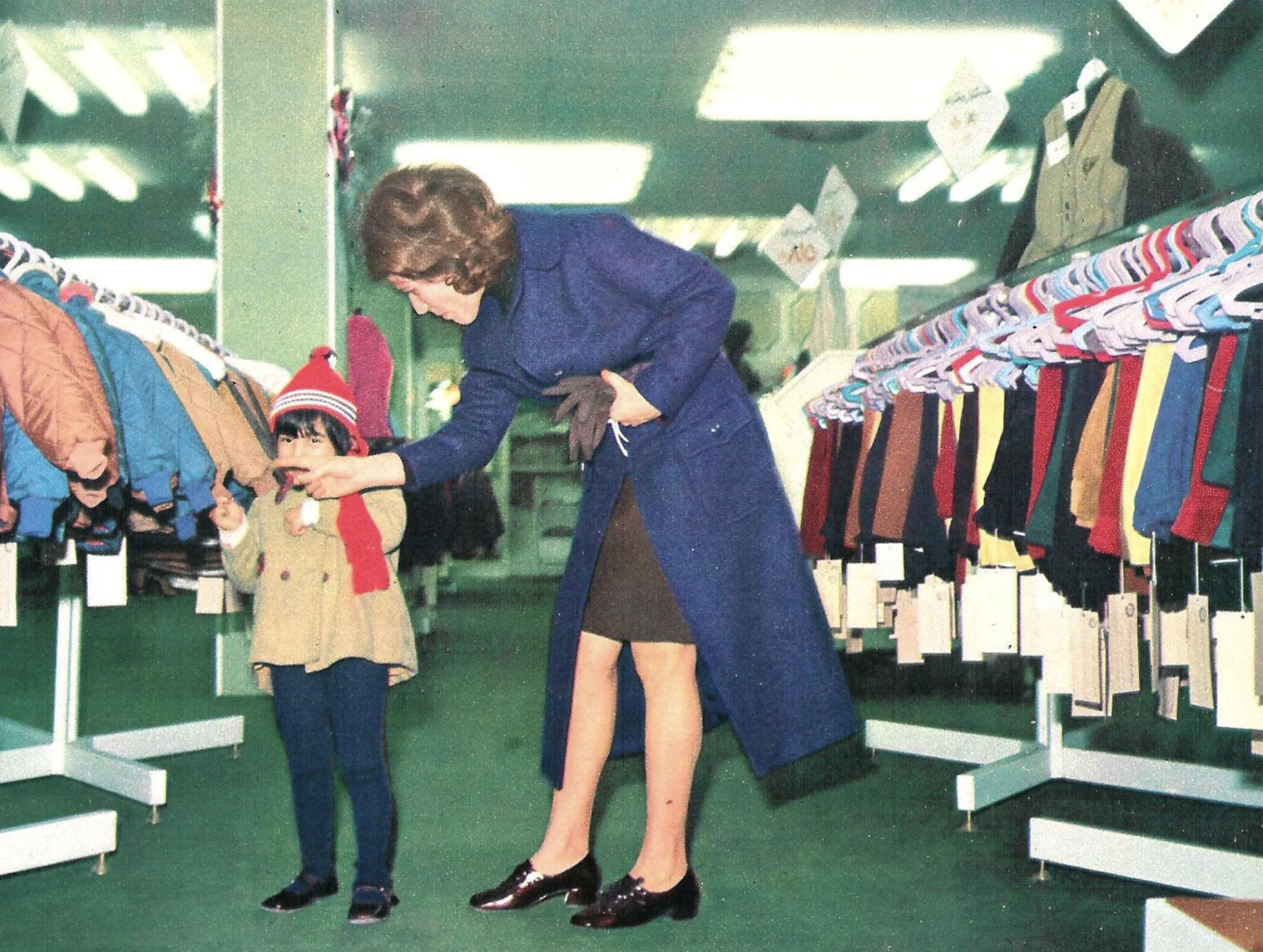
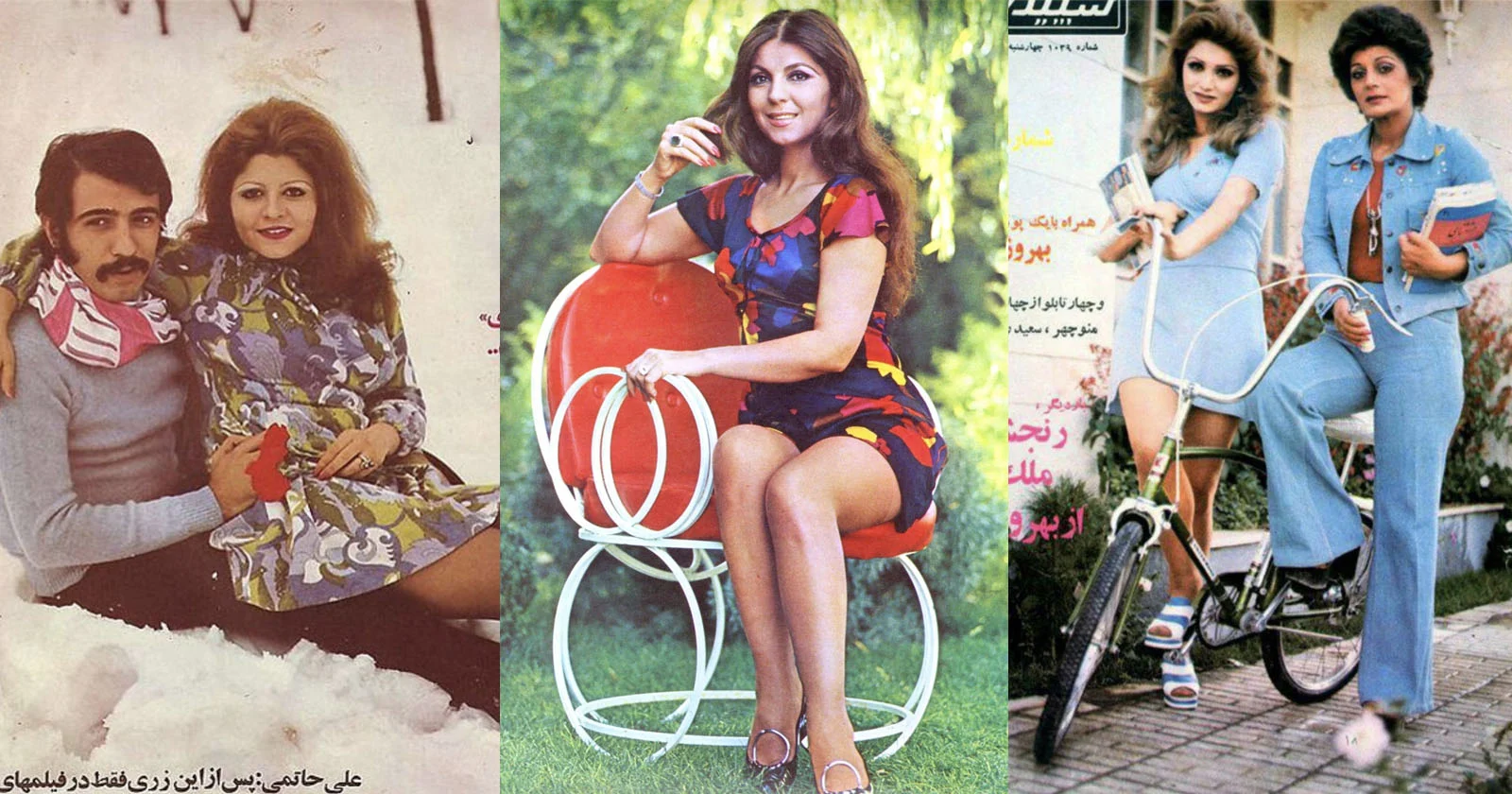
Video
Don’t miss out on the video “This is Real IRAN 🇮🇷 What The Western Media Don’t Tell You About IRAN!!” to get a deeper understanding of the country beyond what is often shown in the media.
Conclusion
The history of women in Iran is a story of both progress and setbacks, marked by periods of significant reform and periods of severe repression. The era before the 1979 revolution represents a time when women began to challenge traditional roles, gaining access to education, the workforce, and public life. Under the Shah’s regime, women experienced unprecedented freedoms, but the 1979 revolution brought these gains to a halt.
Today, as Iranian women fight for their rights once again, their struggle reflects both the legacy of past freedoms and the ongoing battle for equality in a country where political and religious forces continue to shape their lives. The photographs of Iranian women from before the revolution serve as a reminder of what was, and a call to continue the fight for what could be.
